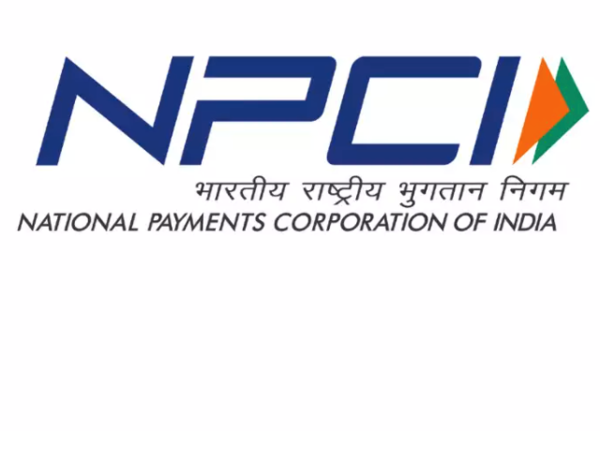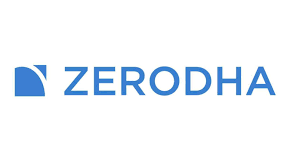In April, Paytm, a mobile payments firm, saw its market share in the Unified Payments Interface (UPI) ecosystem plummet to a new low of 8.4 percent. Over the past year, Paytm, based in Noida, has witnessed a decline of five percentage points in its market share.
As a result, only two players now hold double-digit market share in UPI—PhonePe and Google Pay.
PhonePe has experienced an increase in its market share, rising from around 46 percent for most of last year to approximately 48-49 percent amid the Paytm crisis that began in late January this year. In April, PhonePe commanded a 49 percent market share.
Google Pay held a 38 percent market share in UPI in April, marking a growth of over 3 percentage points since April last year. This translates to nearly 90 percent market share on the world’s largest real-time mobile payments platform, which boasts over 300 million unique users.
The UPI ecosystem has become increasingly crucial for trade and business in India, with around 13 billion transactions facilitated in March and April this year, compared to 9 billion transactions in April last year. UPI transactions accounted for transactions worth Rs 19 lakh crore, representing approximately 80 percent of all digital transaction volume in the country.
However, the dominance of PhonePe and Google Pay poses a challenge for the National Payments Corporation of India (NPCI), which operates UPI. NPCI had proposed a market share cap to prevent any single third-party app from holding more than 30 percent market share by the end of 2022. However, this deadline is likely to be extended due to the complexities involved in implementing such a cap.
Despite efforts to foster competition, no sustainable ideas have emerged to challenge PhonePe and Google Pay’s dominance, leaving NPCI and RBI grappling with the issue of maintaining a level playing field in the UPI ecosystem.


